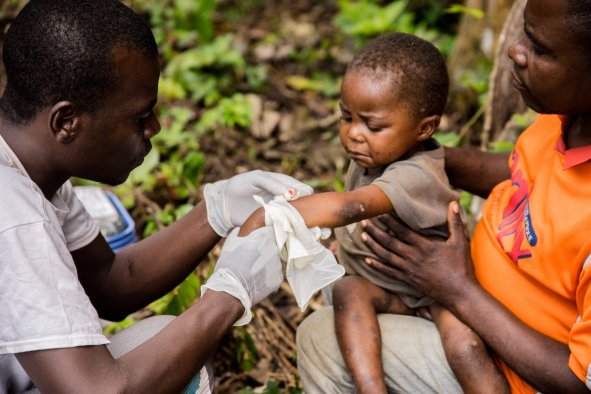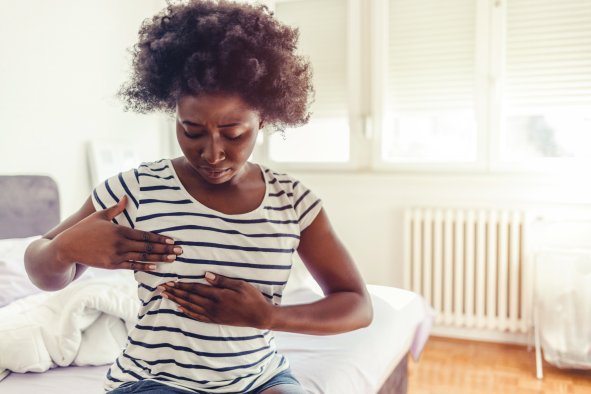COVID cases has plateaued in the U.S. for the first time in months following the rapid spread of the new FLiRT variants this summer. However, this trend has not been equal across the country, with many states still seeing rising infections.
New data released by the U.S. Centers for Disease Control and Prevention (CDC) reveals that the highest rates of infection are found in five Southern/Southwestern states; nearly 1 in 4 COVID tests came out positive across Arkansas, Louisiana, New Mexico, Oklahoma and Texas. Meanwhile, Delaware, D.C., Maryland, Pennsylvania, Virginia and West Virginia have seen the largest increase in test positivity for the week ending August 17.
Since the beginning of April, a group of highly infectious Omicron subvariants have risen to prominence across the globe. Nicknamed the "FLiRT" subvariants due to the positions of the specific mutations in their spike proteins, this new class of viruses now accounts for more than 75 percent of infections in the U.S., according to the CDC. One variant in particular, called KP.3.1.1, now accounts for more than 1 in 3 cases.
For the week ending August 17, the CDC reported that nearly 1 in 5 (or 18.1 percent) of all COVID tests performed in the U.S.—excluding at-home test results—were coming back positive. However, these positive results were not evenly distributed across the country.
The map below illustrates the distribution of positive tests across the U.S., divided into 10 Health and Human Service regions.
Coming in at No. 1 with the highest percentage of positive tests was region six, which encompasses Arkansas, Louisiana, New Mexico, Oklahoma and Texas. However, while 22.3 percent of tests came out positive in this region, this is a slight decrease from the previous week.
Region seven, which includes Iowa, Kansas, Missouri and Nebraska, reported the second highest percentage of positive tests at 19.5 percent; with region four—which covers Alabama, Florida, Georgia, Kentucky, Mississippi, North and South Carolina, and Tennessee—coming in close behind at 18.6 percent.
The lowest infection rates for the week ending August 17 were seen in region nine, covering Arizona, California, Hawaii and Nevada, at 12.6 percent positive tests.
While the CDC has reported a steady increase in infections across the U.S. in recent weeks, hospitalizations remain relatively low. From what has been seen so far, the new FLiRT variants, while more infectious, do not generally cause severe symptoms. Still, it is important to isolate yourself from others if you begin to develop symptoms.
Is there a health issue that's worrying you? Let us know via health@newsweek.com. We can ask experts for advice, and your story could be featured on Newsweek.
Disclaimer: The copyright of this article belongs to the original author. Reposting this article is solely for the purpose of information dissemination and does not constitute any investment advice. If there is any infringement, please contact us immediately. We will make corrections or deletions as necessary. Thank you.



